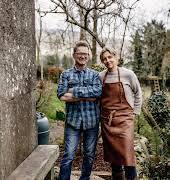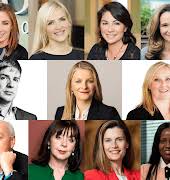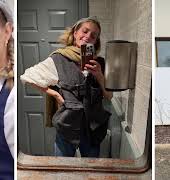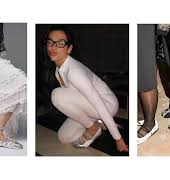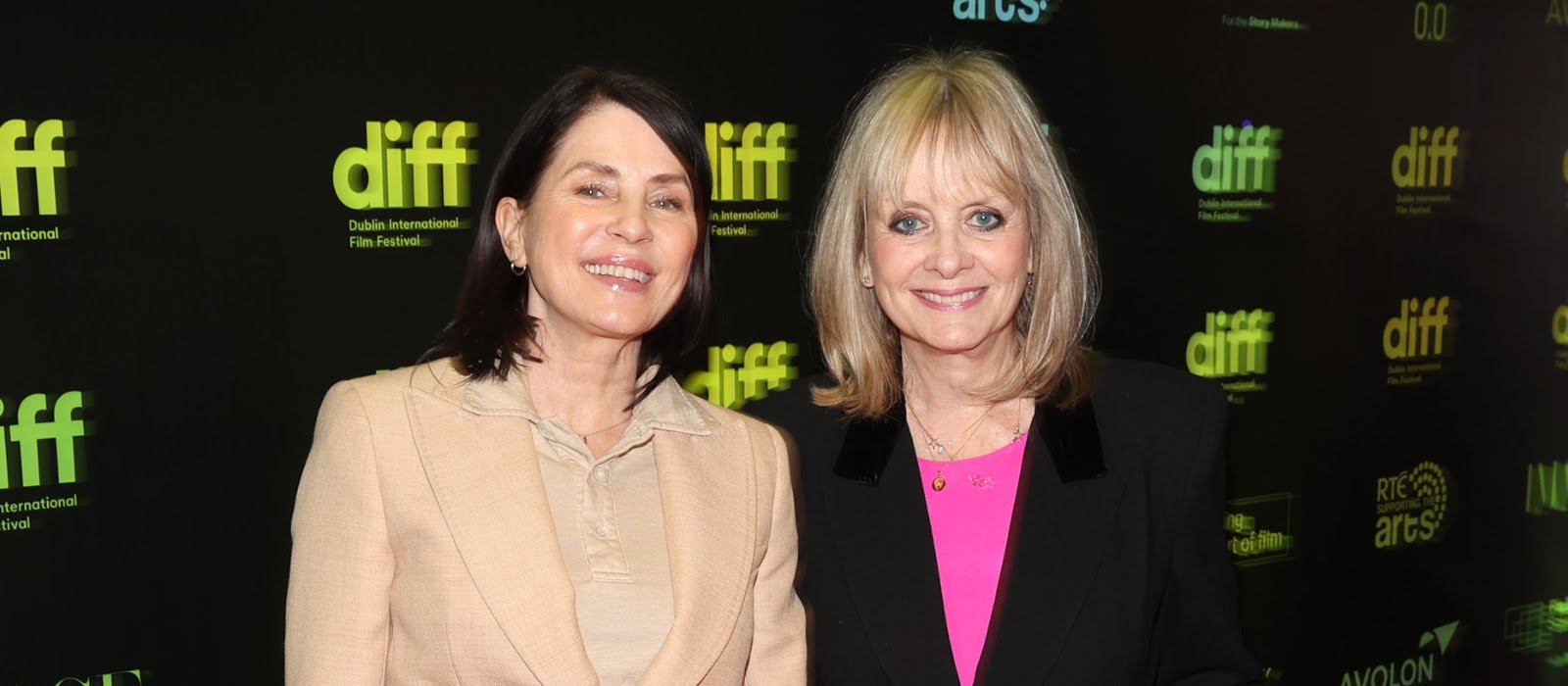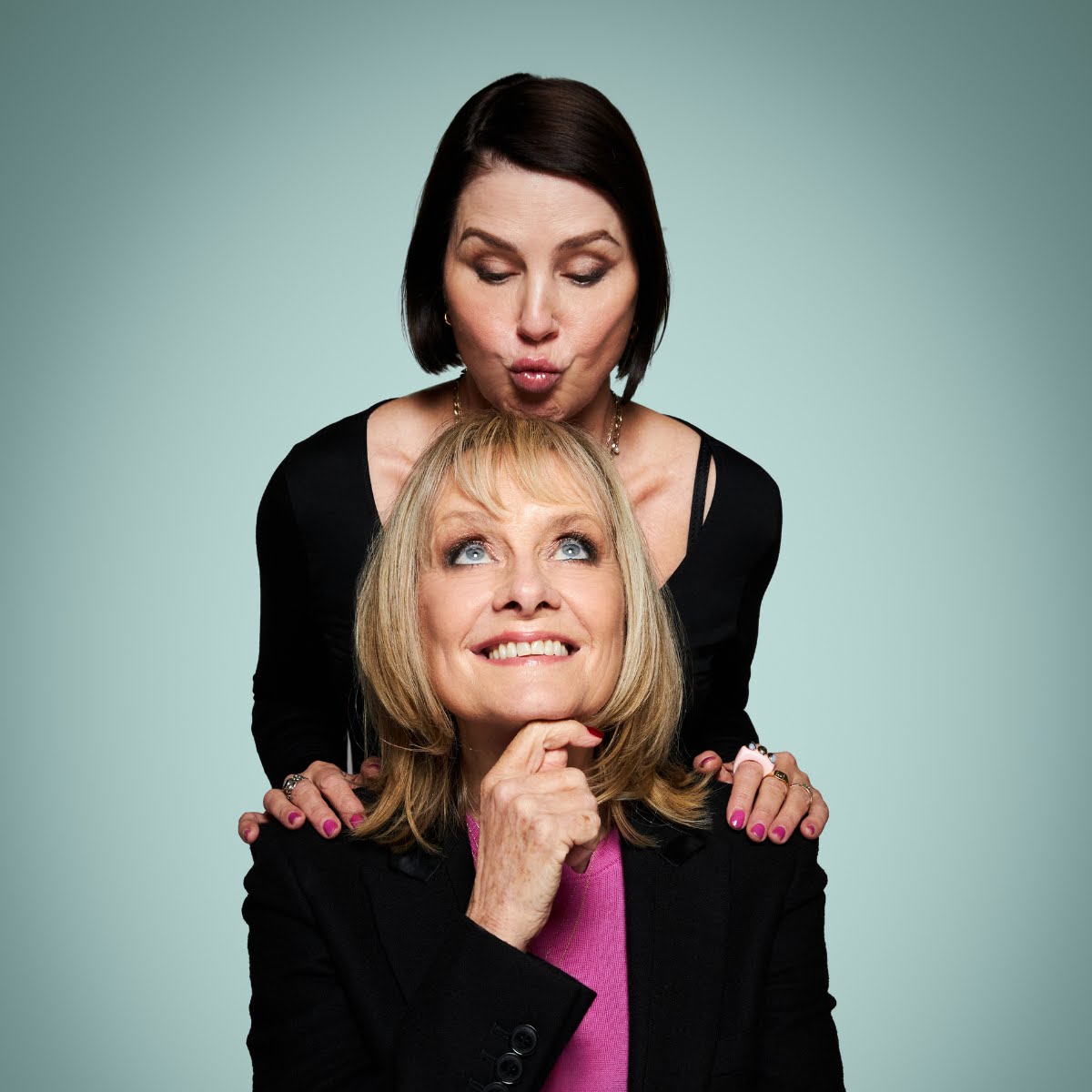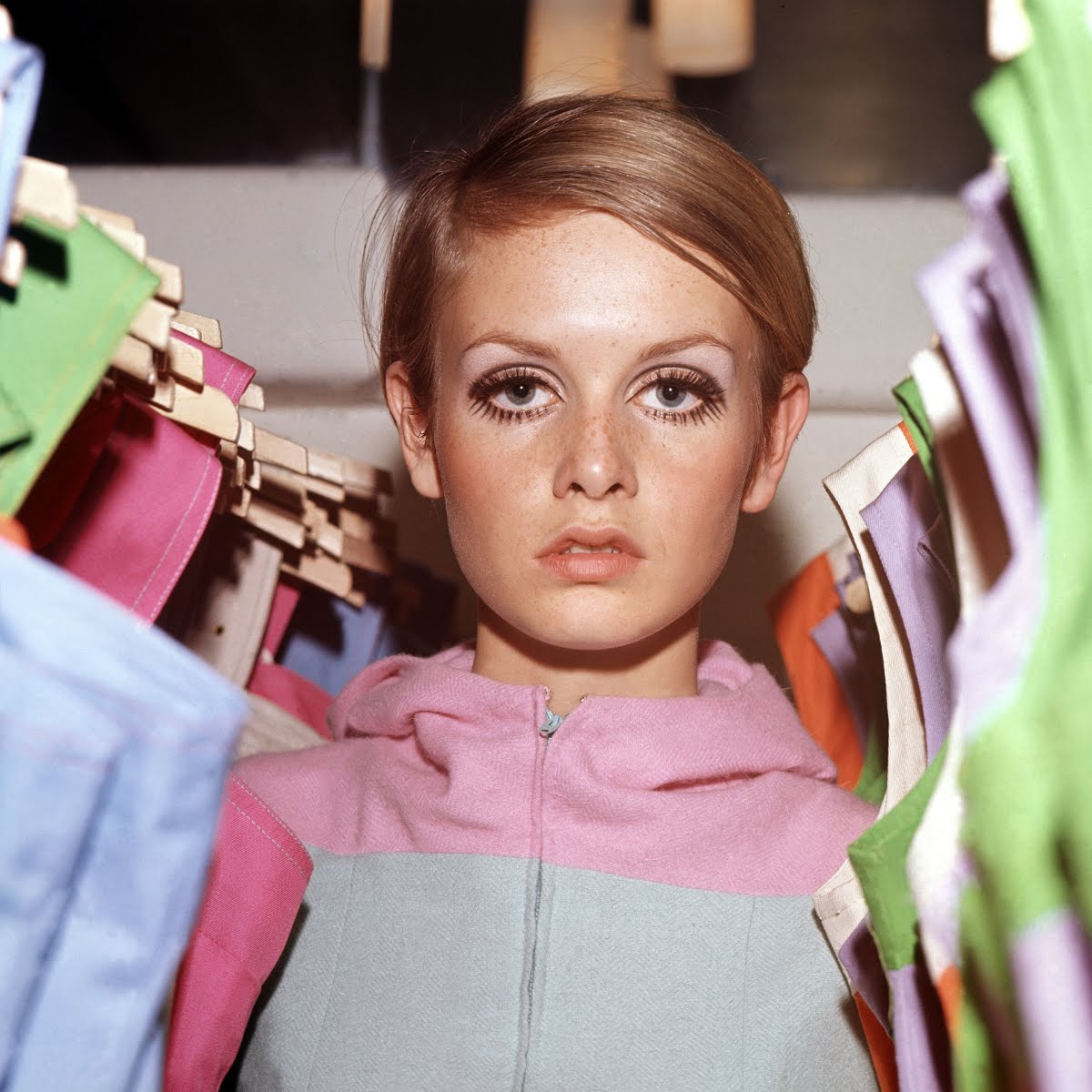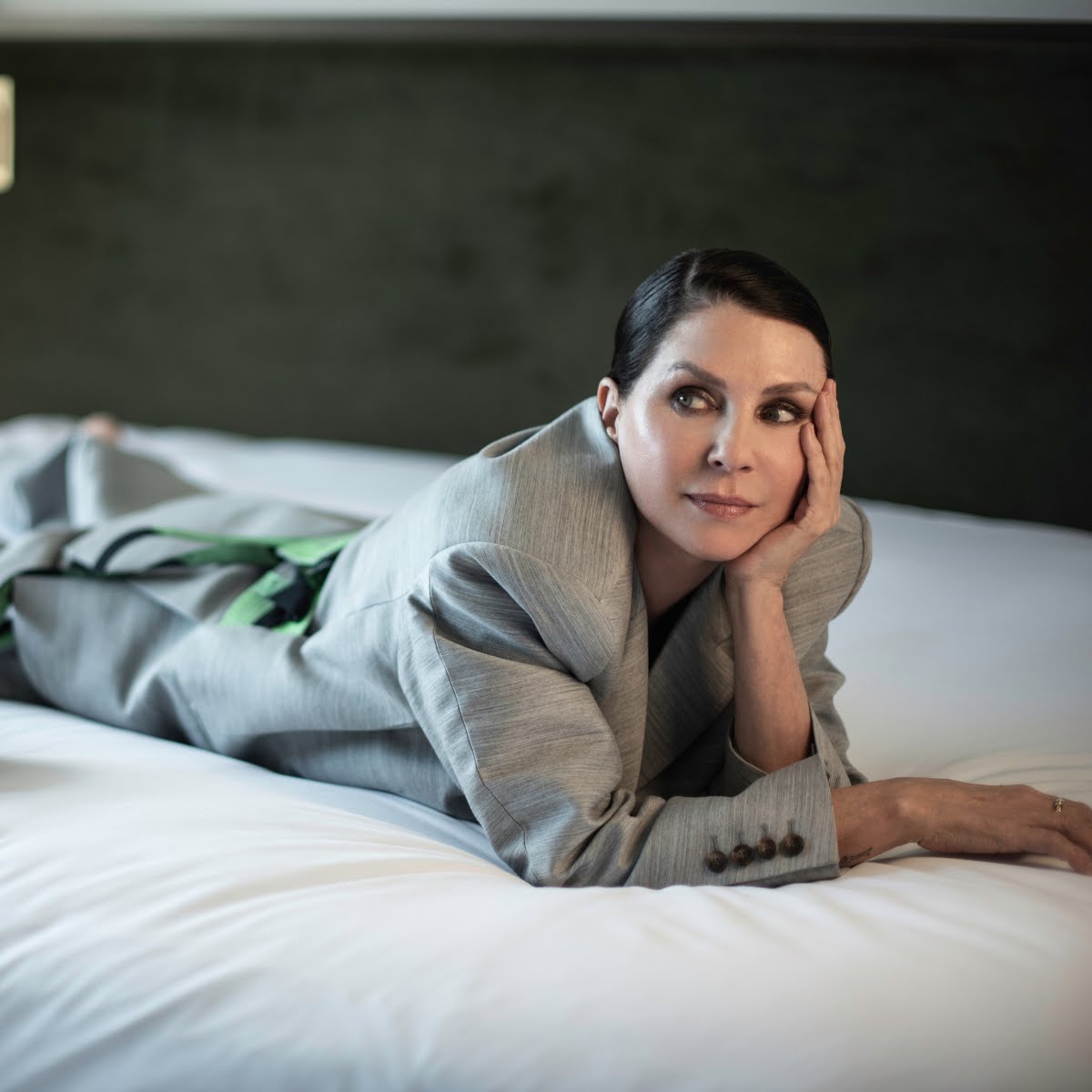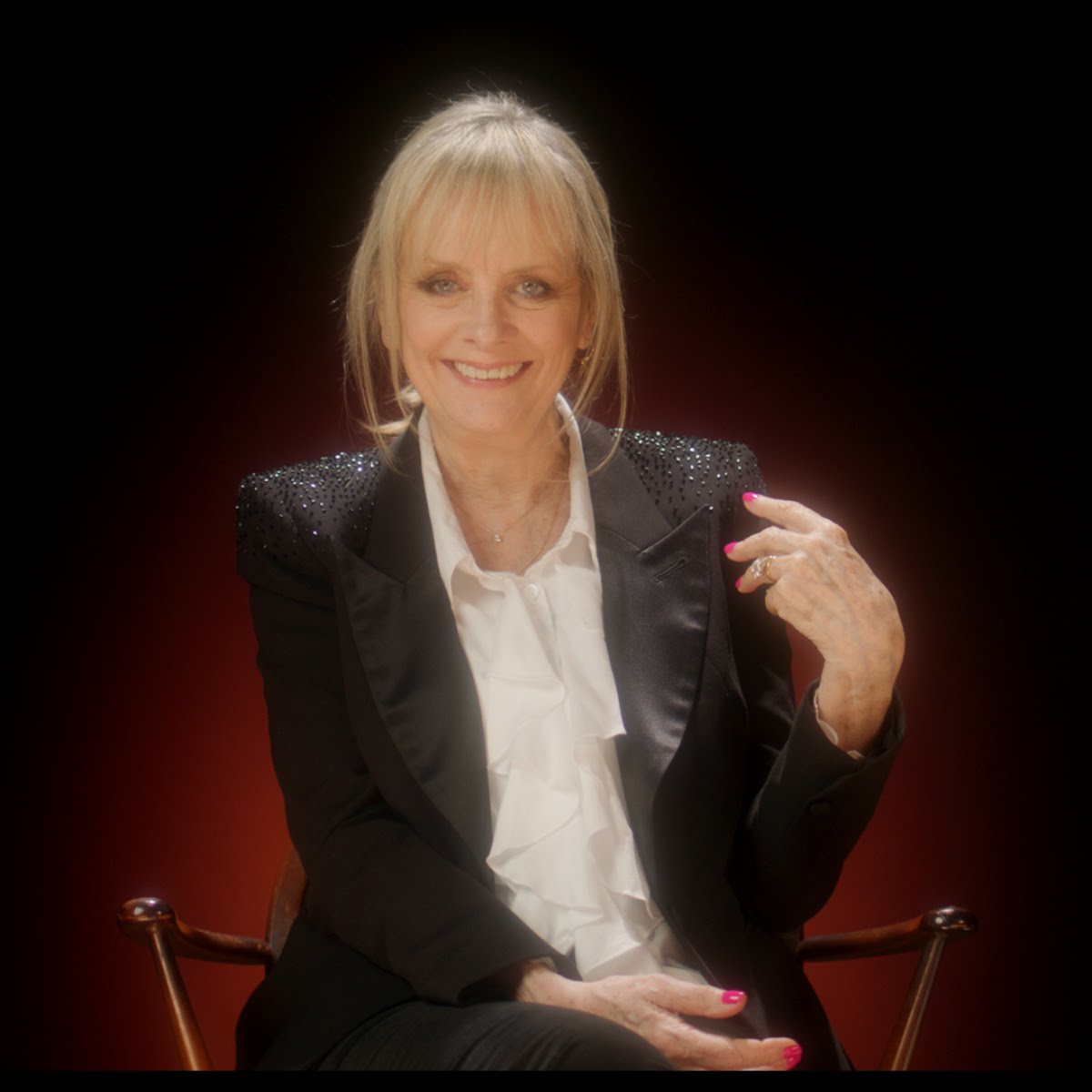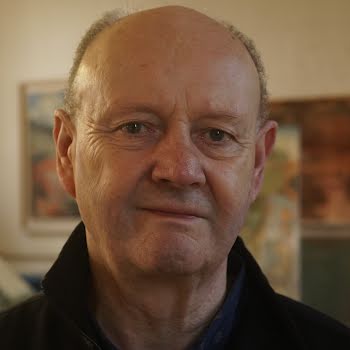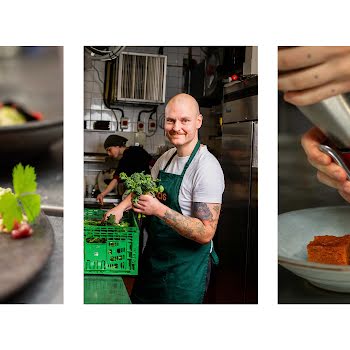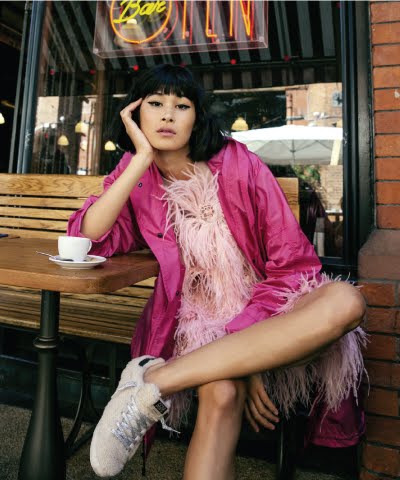The defining face of the 60s, Twiggy is now the subject of a new documentary by acclaimed filmmaker Sadie Frost. Sarah Finnan sits down with the two women to discuss everything from their proudest moments to the pressures of social media and fame.
When I was invited to do a 20-minute interview with Twiggy and Sadie Frost, I couldn’t quite believe my ears. Twiggy is the epitome of cool for fashion girls like me. And Sadie Frost? Well, she’s an icon in and of herself.
Guests of honour at the Dublin International Film Festival, the duo were in Ireland to promote their new docu-film, Twiggy. Directed by Sadie and centred on the world’s first (and arguably, favourite) supermodel, it’s a wonderfully uplifting ode to the woman whose face defined a decade… even if you know nothing at all about Dame Lesley Lawson (née Hornby), I can almost guarantee you’ve seen her photo; Twiggy isn’t part of the culture, she is it.
Excited as I was to meet them both, I was also terribly nervous. Don’t people tell you to never meet your idols? Luckily for me, I rarely heed glibly offered advice and so off I went to have tea with Twiggy and Sadie. I meet the duo in a private room at The Merrion where a table of refreshments greets us. Frost is dressed in all black while the woman of the hour sports a bright red polo knit. Any nerves I feel immediately dissipate. Twiggy compliments my outfit and tells me I look lovely. I try not to fall over myself with praise as I gush about how much I loved the film (it may or may not have made me cry). In person, Twiggy has that same ineffable charm you see onscreen. She’s warm and funny, with a truck driver’s laugh (Dustin Hoffman was right). She welcomes you into conversation and it feels as though you’re chatting with an old friend… at least, that’s how I’d like to remember it; me and Twiggy, two pals just catching up.
Frost’s second feature-length documentary—her first centred on British designer Mary Quant—it tells the story of Twiggy’s life, from her “discovery” as a fresh-faced teen with doll-like lashes to her transition from model to actor and everything in between. Considered by many to be the greatest It Girl of all time, Lawson is one of those rare talents who can do just about anything—and do it well. The first photo ever taken of her is also the most well-known. When Ken Russell cast her in the film adaptation of The Boy Friend, she couldn’t act, sing or dance. She went on to win two Golden Globes for her performance. How the hell does she do it? “Listen, I was scared,” Twiggy laughs in response. “But you’ve got to be brave.” From the outset, it might appear as though her success was overnight—without much blood, sweat or tears on her part—but a lot of hard work went into making it all seem so effortless. “The biggest fear for me was doing the Broadway show with Tommy Tune. I said, ‘I can’t do that’ when he rang me and he said, ‘There’s no such thing as can’t. Get your bag packed and get to New York!’ I spent many hours in a room with one of Tommy’s assistants just learning the dances over and over. That’s what you had to do. I worked really hard.”
“I think a lot of people don’t remember—maybe they remember The Boy Friend—but they don’t remember that I was on Broadway. I’m really proud of that because I didn’t think I could do it but we ran for 18 months! If people say ‘Twiggy’, that one photo of me is what they think of, so it’s nice for me to show that actually, I didn’t live and die at 19.” Showing Lawson’s entire body of work, beyond just that one (absolutely legendary!) photo, was important to Frost too. “She’s worked with so many amazing people. I mean, there’s just so much archival footage and it’s so beautiful to watch all those different performances. What I love about her is, she was always just herself—urchin-y, kind of a bit clumsy, falling over on the airport stairs and coughing… [she has this] lovely free spirit. You can’t invent that.”
Unsurprisingly, Lawson has been approached to do a documentary many times over the years. None of those offers ever felt like the right fit, however, things clicked into place when she met Frost. “Sadie came on my podcast (Tea With Twiggy). We kind of knew each other. She made Quant, which I thought was so brilliant. She came on and we chatted, we talked about Quant and various other things, about life. And then I think I said to Sadie, ‘Are you going to do any more documentaries? Because they’re brilliant,’” Twiggy recalls. “I had no idea what I was going to do next,” chimes Sadie, who said the idea really just came to her in that moment.
“Sadie loved doing Quant because it was based in the 60s and she loved doing all that research. She missed the 60s whereas I was bang in the middle of it! So then she said, ‘Oh I should do you! Let me do you!’. And I went ‘Oh no, no, no’. But then we went out for lunch in Primrose Hill and I just thought this might be a really good idea. We had a kind of parallel life in many ways. She knows what it’s like to be in the public eye for years and years—it’s great but it can be awful as well. Sadie’s been through some things, I’ve been through some things, and so I thought, well she’ll understand that. We’ve both been actors, we’ve both been models… I think she’s been much braver than me in many respects.”
Career similarities aside, both women also bonded over their experiences of motherhood. “My priority is always being a good mum and that’s what Twiggy did with her daughter Carly. Sometimes your career might stall in ways because you had to take time off with your child. I sacrificed a lot in my career, for example with acting, because I wouldn’t go away on location when the kids were little but then when my kids left home the last few years—my youngest is 21—I then thought, ‘Why not have a rebirth?’ So, I went back and studied, I did a master’s in film and I thought, ‘I’m going to do this’. And Twiggy did the same, in the sense that Carly came first.”
“I did turn things down,” Lawson nods. “Carly was always number one, especially after what she’d gone through with her dad.” (Twiggy’s first husband, Michael Witney, struggled with alcoholism, which put a strain on their marriage. Six-year-old Carly was with him when he died of a heart attack in 1983.) “I became probably a bit overprotective, and so my number one priority was her.” When Twiggy met her now-husband, actor and director Leigh Lawson, the two made a pact to always stay together if away with work. “We kind of made a pledge; if he got a really good job, Carly and I’d go with him, and if I got the good job, he’d come with us so that we didn’t spend months and months apart. But it’s quite hard. You do turn things down, that’s a choice you have to make.”
When it came to the creative for this project, Frost was keen to stray from the tried and tested avenues. “Why do documentaries have to be a certain way? They can be colourful and fun too,” she quips. Featuring interviews with some of Twiggy’s nearest and dearest—from Dustin Hoffman to Brooke Shields, Sir Paul McCartney and Sienna Miller—it’s Joanna Lumley who steals the show. Touching on the realities of the industry at that time, she regales how models were expected to be stylists, make-up artists and hairdressers all in one. Paychecks wouldn’t be received until at least six months after the fact and photographers were rarely complimentary. “You were like a pig, told to go home until you got better looking,” she remembers, wistfully adding, “It was ok!” Gathering an eclectic mix of people was important to Frost who explains, “You can’t just have everyone saying how great she is”… to which Twiggy replies, “Oh, yes you can!”
The film also relies heavily on archival footage, anecdotal tales from Lawson herself and beautiful, loosely drawn animations which accompany some of that narration. “Twiggy’s so brilliant at telling stories,” Sadie smiles. “We’ve got all this amazing stuff of her when she was younger, so I thought, why not animate her story? I worked with different animators, and then I found the best, the person that was right for this. It’s a real process of working—coming up with storyboards with the animator, working out the colour palettes—but I think it’s great to have that animation in it.”
Throughout the film, we see clips of Twiggy with Sonny and Cher, Bing Crosby and Phil Spector too… I won’t ruin that story for you, but my god, she’s lived a storied life. The scene in which Woody Allen grills her on her favourite philosopher will enrage you and galvanise you to smash the patriarchy in equal measure. And that little rocket in the opening scene? Inspired by a true story, according to Frost, who tells me of a time capsule containing Twiggy’s photo that was sent up to space. No one could find any evidence to back those claims up, but even Lawson herself is certain it happened.
On the topic of the fashion industry and whether the stigma around modelling still exists, neither Frost nor Lawson are entirely sure. “I’m a bit long in the tooth to be involved with all those [young models] now,” Twiggy jokes. “Does it still go on? I don’t know. I think because of Me Too it’s backed off a bit but it’s not my world anymore.” Sadie thinks things have changed because women are taking ownership of their bodies more, but “there has to be healthy respect on both sides”. “When Twiggy modelled, she wasn’t chaperoned. When I modelled, I was 15, 16, and all sorts of weird things used to happen. I didn’t have a Justin-type figure.” Here Frost refers to Justin de Villeneuve, Twiggy’s first boyfriend who her father insisted accompany her on all photoshoots when she was starting out. “My dad said Justin had to be with me. I didn’t know what he meant. You’ve got to remember that there was no internet, there was no social media. I didn’t know what he was talking about. I was really quite green. It was much more innocent times in a way so when my dad said that, I thought, ‘what’s he on about?’ But he was a carpenter and he worked at a film studio so he obviously knew what was going on.”
Social media also brings up the notion of individuality. Twiggy largely found fame because she was so different; she looked nothing like the typical model of that period who usually came from etiquette schools and all tried to resemble Jean Shrimpton. She was slightly shorter, much thinner and her working-class background immediately set her apart. These days, the algorithm promotes a sort of homogeneity in the way that people present themselves. What are their thoughts on originality in the industry? “I think individuality is really important,” says Twiggy. Sadie agrees. “Everyone just tries to look the same, with all these trends… everyone just tries to fit in these moulds. I think when there wasn’t social media, and you weren’t looking at everyone else, you could be more individual because you weren’t comparing yourself to other people. There’s something quite liberating in embracing [who you are]. You could just really nail something that was impactful through your own sense of self.”
There are, as Twiggy notes, both wonderful and terrible things about social media—particularly where teenagers and young people are concerned. “We have to be very careful and guide them. In England, many schools are banning mobile phones now, or certainly students have to put them in a pocket when they come in. They’re talking about bringing in a law where they can only have, I think they call them, brick phones until they’re 16. I’ve got a grandchild aged 10, so you start looking at things through a new lens.” If that isn’t a rallying call to throw your smartphone in the sea, I don’t know what is.
Twiggy recently had its Irish premiere at the Dublin International Film Festival 2025. Twiggy and director Sadie Frost also took part in a public interview at the festival’s Tanqueray 0.0% Film Club on 25. Find out more at www.diff.ie. ‘Twiggy’ is in cinemas from March 7. Watch the trailer below.


